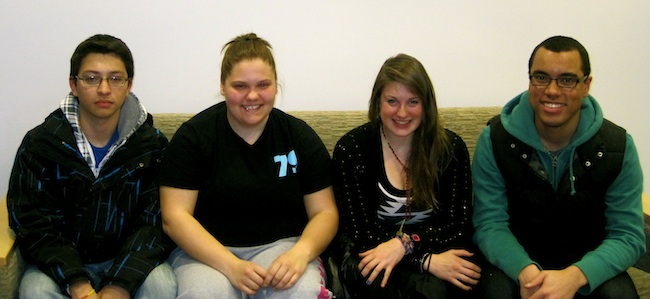Development of a upper extremity fracture model
Project Overview
While casting appears to be a benign treatment, complications are known to exist in the placement and removal of these devices since medical students and residents typically learn casting techniques by trial and error. Our client, Dr. Matthew Halanski, requires a fracture model that incorporates the thermal risk factors associated with cast application, teaches safe cast removal techniques, monitors pressure along the simulated limb, and assesses fracture reduction. Such a training tool would be used to teach medical professionals how to apply a cast, immobilize a fracture, and remove a cast without injury. After fabrication, Dr. Halanski has proposed to take the prototype to the Pediatric Orthopaedic Society of North America (POSNA) national meeting to develop a range of "normative" casting pressures by having experts apply casts at the meeting. These normative pressures will be used to develop self-teaching modules in which persons using the model will be able to compare their "pressures," fracture reductions, and application and removal techniques with those of the experts.
Team Picture

Files
- Final PDS (December 12, 2012)
- Preliminary PDS (September 25, 2012)
- Final Report (December 12, 2012)
- Final Poster (December 14, 2012)
- Midsemester Presentation (October 18, 2012)
- Midsemester Report (December 12, 2012)
- Midsemester Report, Part 2 (Timeline) (December 12, 2012)
- Midsemester Report, Part 3 (Appendix) (December 12, 2012)
Contact Information
Team Members
- Kimberly Maciolek - Team Leader
- Hope Marshall - Communicator
- Gabriel Bautista - BSAC
- Kevin Beene - BWIG
Advisor and Client
- Dr. Tom Yen - Advisor
- Dr. Matthew Halanski - Client
Related Projects
- Fall 2015: Pressure sensing during cast application for a distal radius fracture
- Spring 2014: Development of a upper extremity fracture model
- Fall 2013: Development of a upper extremity fracture model
- Spring 2013: Development of a upper extremity fracture model
- Fall 2012: Development of a upper extremity fracture model
